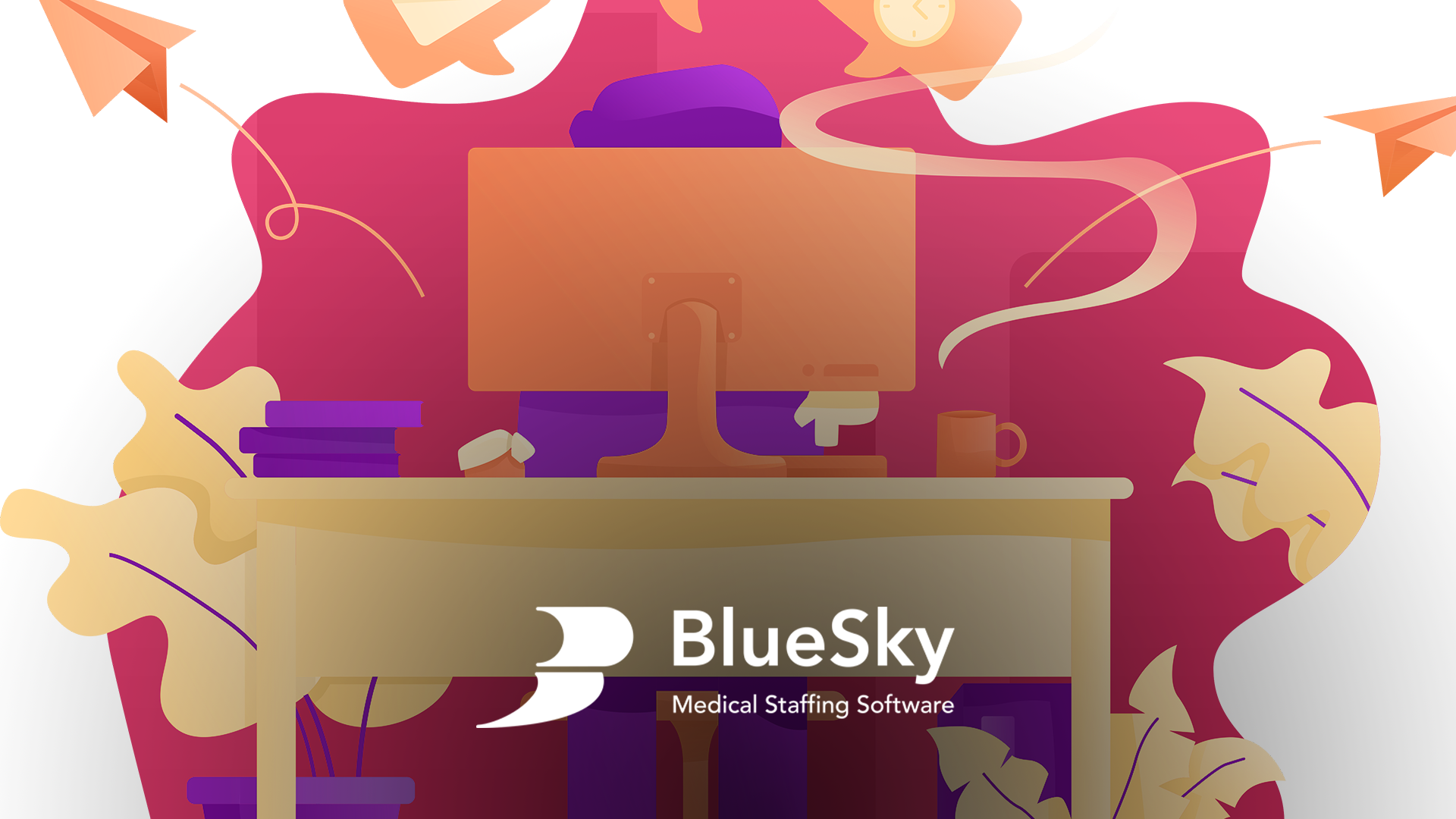The Challenges of Healthcare Recruiting: Ineffective Onboarding Process
Today’s healthcare talent shortages allow doctors, nurses, hospital administrators, and other medical professionals to be selective about where they work – and for how long.
For HR managers, healthcare recruiters, hospital administrators, and related medical organizations, it’s never been more important to take a closer look at the best strategies for talent development and retention practices.
Among those strategies is onboarding – the process of acquiring, accommodating, assimilating, and accelerating new team members – whether they come from outside or inside the healthcare organization.
The Importance of an Onboarding Policy
A healthcare organization is a complicated place. And for new employees who aren’t provided a thoughtful onboarding process, the first days and weeks can be “sink or swim.” A good onboarding policy does more than show newly hired physicians, nurses, and hospital administrative staff what they need to do. It helps them integrate into the day-to-day requirements of their job, establish relationships, and find their value to the organization. A recent business study has shown that employees who participated in a well-structured onboarding process were 69% more likely to be with the company at the three-year mark.
Onboarding or Orientation?
Yes, there’s a difference, and too many healthcare organizations confuse onboarding with new hire orientation. Orientation involves necessary paperwork, training on compliance, protocols, and procedures. Onboarding involves people: creating connections that can help the new hires during their first stages of employment and stay with them as they continue.
Finding the Time to Onboard
Time constraints and workload may make it challenging for HR managers and hospital administrators to incorporate working with new hires in their early stages. However, the payoff is worthwhile – making an effort to onboard a new hire can mean gaining a long-term employee. Some organizations even provide extra benefits to those who volunteer to train or mentor during the onboarding process, such as paid time off or additional pay.
What Should your Onboarding Include?
A structured onboarding process includes welcoming and assimilation tasks that begin before the first day and continues through the early months, including:
Before Day 1: Send an email or message from a manager, welcoming the new hire aboard and asking to meet as soon as they arrive, copy key team members on the email.
Here are the 4 Steps to Improve your Healthcare Onboarding Practices.
1. Have their office/workstation set up and ready. People want to feel welcomed and valued: a readied work area shows you’re excited to have them on board. Additionally, there is less time spent standing around awkwardly and more time spent introducing!
2. Organize walk-throughs and introductions. While most new hires will meet their team on Day 1, there are others in the organization that can impact their success – including IT! Don’t be afraid to schedule a welcome lunch or coffee break either.
3. Assign a mentor or buddy to help the new hire navigate their environs. A partner/mentor can ease the transition and be a resource for information and questions. Especially in healthcare, having a senior nurse in that department or unit will ease a lot of transitional pains.
4. Schedule follow-up meetings. The frequency will depend on the job, but on average, weekly for the first month, then monthly for several months after that.
Final Thought
Although an employee has assimilated, a manager’s work shouldn’t be done. In the months following, work with them to discuss the job, career paths, and growth. As much as possible, focus on long-term development plans. If the new hire understands that you have ideas for their future, they can see their new organization as an excellent place to work for years to come.
BlueSky Software offers the right function to ensure valid candidate to job matching and a lot more. Ready to improve your onboarding, and probably also your own well-being? Request a demo with our team today.



